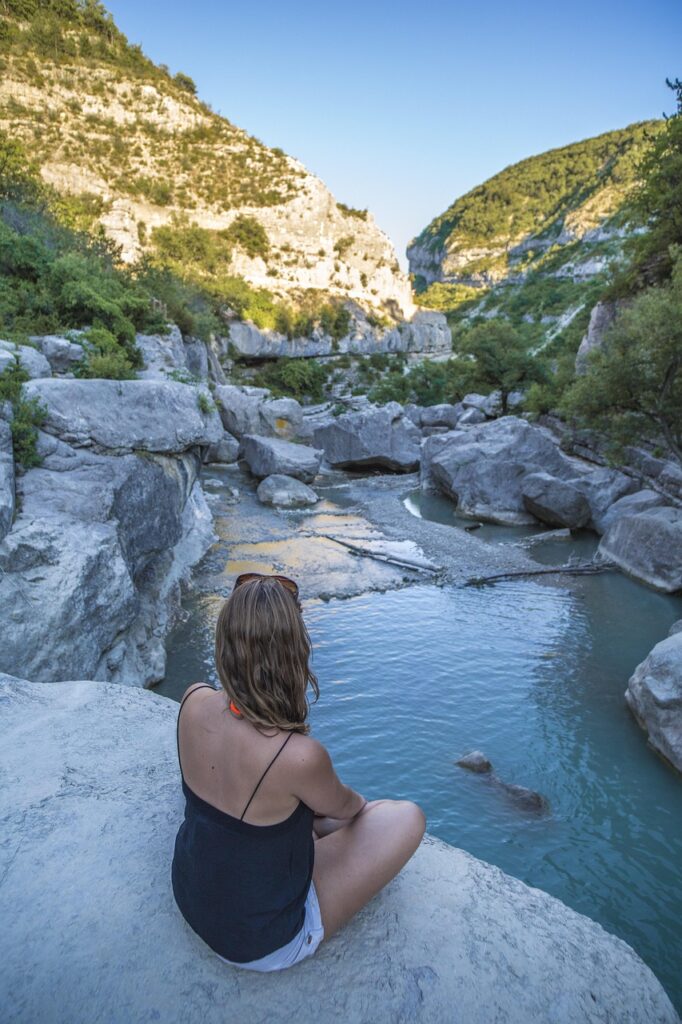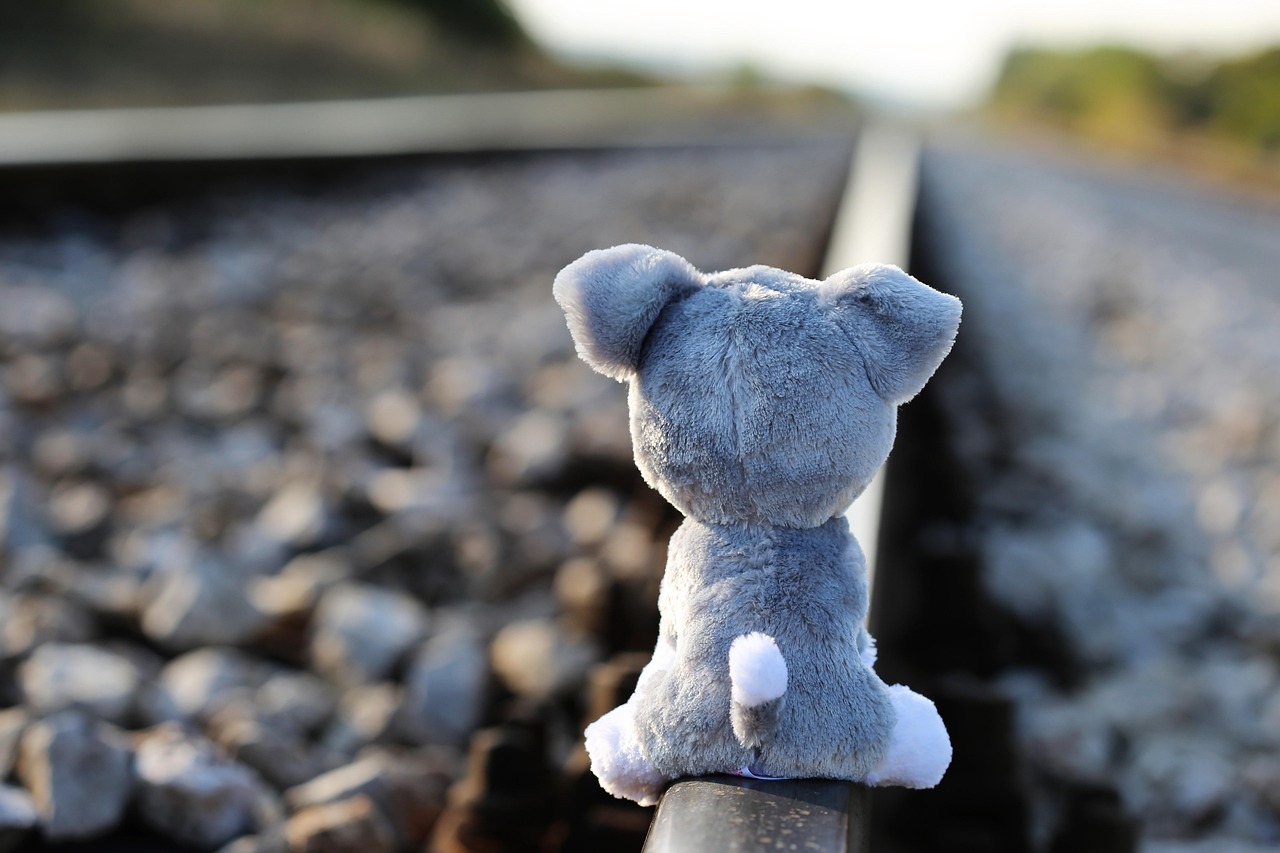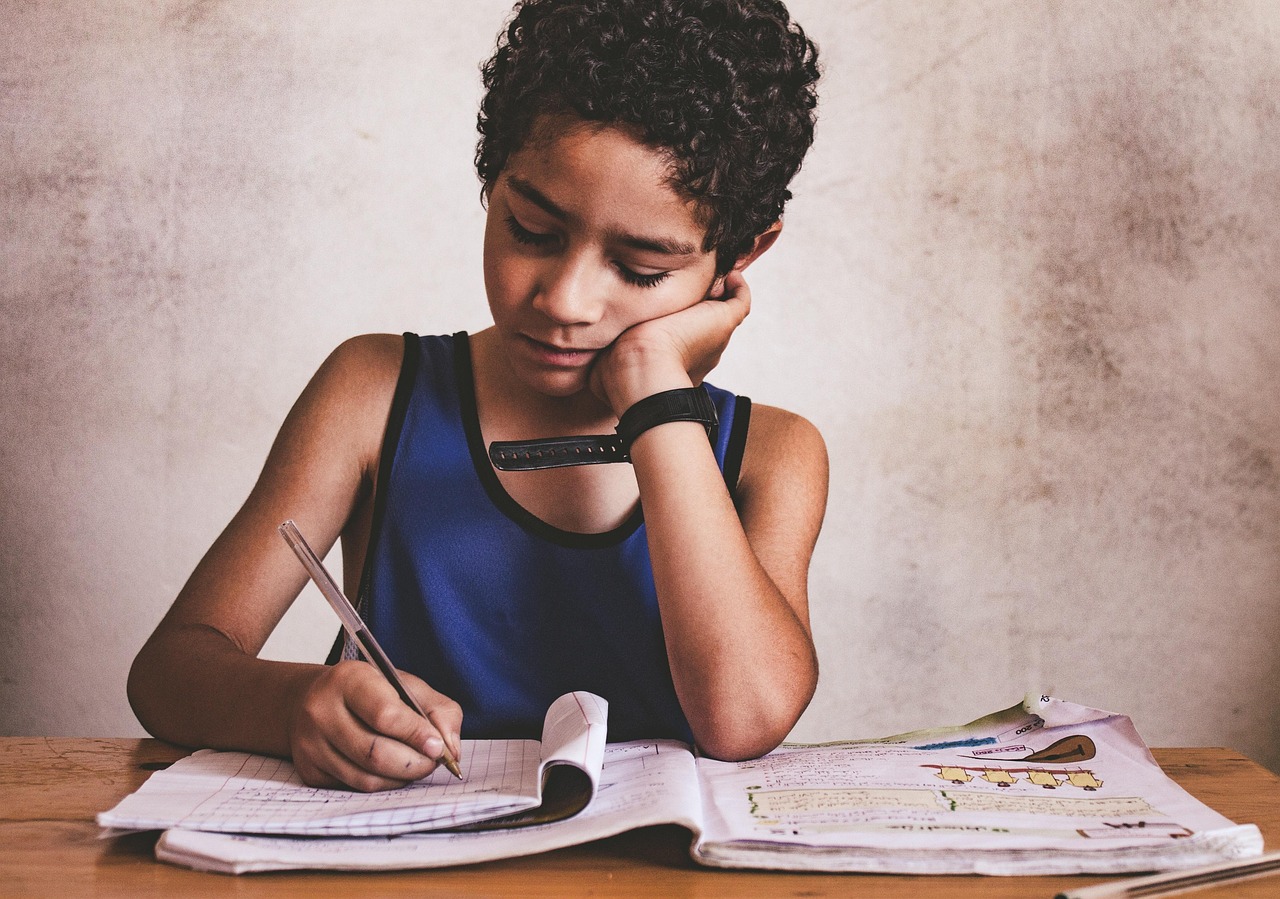Most of us think of travel as an escape: a few days or weeks far away from homework, emails, alarms and routines. We rush to the airport, rush through the trip, then rush back home… and wonder why we feel almost as tired as before.
But travel can be something very different. It can become a teacher. A gentle, patient teacher that shows us how to slow down, breathe, and live at a different pace. That is exactly what slow travel is about.
In this article, I want to explore how slow travel can support a calmer mind, what it can teach students, parents and busy professionals, and how the way we move through the world can change the way we live when we come back home.
What Is Slow Travel, Really?
Slow travel is not about moving as little as possible. It is about choosing depth over speed.
Instead of trying to see five cities in seven days, slow travel might mean staying in one place for a week. Walking the same streets at different times of the day. Visiting the same café more than once. Talking with locals. Taking time to notice small details: the sound of the church bells, the smell of bread in the morning, the way the light changes on the buildings.
It is a conscious decision to say:
“I don’t need to do everything. I want to actually be here.”
This mindset is surprisingly close to what we try to practice in mindful learning and balanced living: being present, accepting limits, and focusing on what really matters.
How Slow Travel Reduces Mental Overload
In everyday life, our minds are full: deadlines, notifications, social media, family logistics, money worries, school stress. Travel very often becomes just another “project” to manage: planning, checking, comparing, scheduling.
Slow travel, when we allow it, can become the opposite. It invites us to:
- Spend more time in fewer places.
- Let go of the pressure to “do it all”.
- Follow curiosity instead of a strict checklist.
When we walk instead of rushing from one sight to another, something simple happens: our nervous system calms down. Our breathing slows. Our thoughts become less noisy. We stop living only in our head and start living in our senses again.
For students, this can be a powerful experience: discovering that life is not just about grades and performance, but also about attention and presence. For parents and professionals, it can be a rare opportunity to feel what “not being in a hurry” actually feels like in the body.

Learning Outside the Classroom
Slow travel is also a form of education.
A teenager who spends a week in one small town, going to the same bakery, sitting in the same park, hearing the same language every day, will learn far more about culture, habits and real life than by running through a list of “top 10 attractions” with a camera.
They learn to:
- Observe people without judging them too quickly.
- Listen to another language and understand more than just words.
- Adapt to small frustrations: a late bus, a different meal schedule, a shop that closes early.
All of this builds patience, flexibility and curiosity – three qualities that help not only in travel, but also in school and in adult life.
If you want more inspiration around this idea of travelling more slowly and more consciously, there is a lovely blog called Serenity Trips at https://serenity-trips.com. It explores slow travel as a way to enjoy the journey itself, not just the destination, and to create trips that feel peaceful instead of exhausting.
Slow Travel as a Reset Button
Many people come back from slow, simple trips saying one sentence again and again:
“I don’t want to go back to my old pace.”
They notice things like:
- how much better they sleep when evenings are quiet,
- how good it feels to eat slowly,
- how calm they feel when they walk more and scroll less.
This is why slow travel can be more than a nice holiday. It can be a reset button. A moment when you realise:
“I can’t live like this all year… but I can bring some of this feeling home.”
That might mean:
- keeping one evening a week with no screens,
- taking a walk every day after dinner,
- making breakfast a little slower, even on school days,
- or saying no more often to activities that only add stress.
The goal is not to turn our entire life into an endless vacation. It is to remember that we have some power over our rhythm.
Bringing Slow Travel Principles Into Everyday Life
You don’t have to be on a train in another country to practice slow travel. You can bring the same principles into your town, your home, your school.
Choose one place and really get to know it: a park, a café, a library. Go there often, at different times of the day. Sit, observe, listen.
Walk more when it is possible. Give yourself a few extra minutes and decide not to rush. Look at the sky, the trees, the faces around you.
Plan less. Instead of trying to fill every weekend with activities, leave some empty space. Let a Saturday unfold without a strict plan. See what you feel like doing.
Talk to people. Not always about tasks or problems, but about their stories, dreams, memories. That is a form of “inner travel”.
Even students can use this approach: choosing one subject to go deeper into, instead of only trying to “survive” everything; reading one extra book just out of curiosity; staying a bit longer after class to ask one question.
A Different Relationship With Time
In the end, slow travel is an invitation to change our relationship with time.
Instead of treating time as an enemy we’re always fighting against (“I don’t have enough time!”), we start seeing it as a space we can shape with our choices.
We don’t control everything, of course. There will always be exams, deadlines, meetings, and responsibilities. But we can decide to protect some pieces of time: mornings without rush, quiet evenings, simple walks, holidays that are made to rest instead of impress.
That change often starts far from home – on a train, on a quiet street, in a small café in a town we don’t know yet. But its real impact is felt when we return, open our calendar, and gently ask:
“Where can I live a little more slowly, right here, right now?”
If travel, and especially slow travel, helps us ask that question more often, then it becomes more than a break. It becomes a practice – a way of learning to live.
Emma Collins is a former high-school teacher and study coach based near Sacramento, California. After years of watching brilliant students and exhausted parents burn out, she started St Anthony Study & Life Balance to share calm, practical tools for studying, working and living with less stress. She loves simple routines, good coffee, and small changes that make everyday life feel lighter


